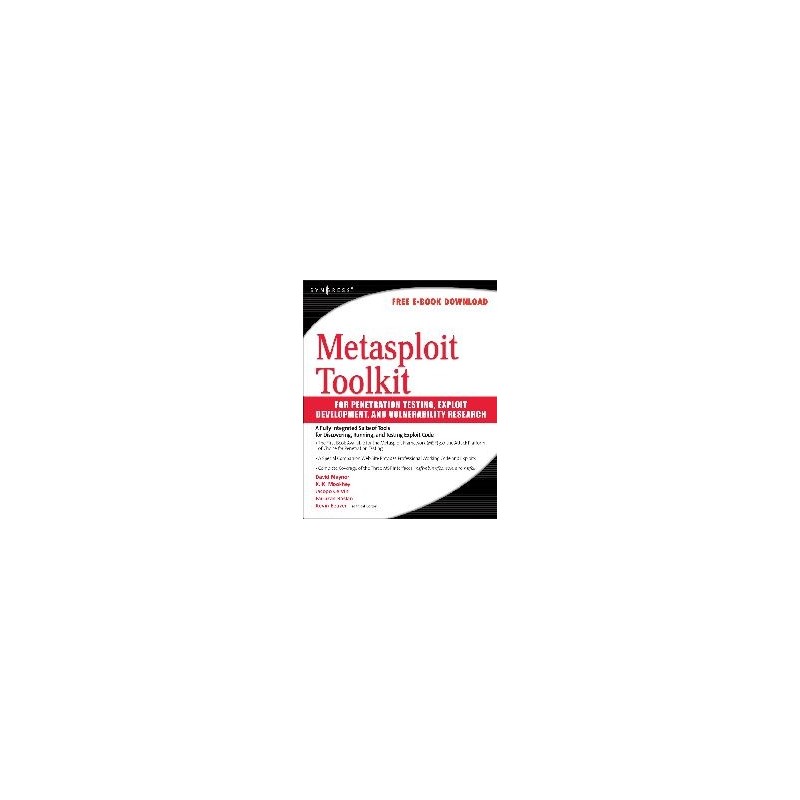- Out-of-Stock



No product available!
Male terminal block, angled, 7-pin. Pitch 3.81mm. Height 7mm. 15EDGRC
No product available!
Universal organizer with compartments. Allows you to store small parts and tools. BOX0004
No product available!
Module with 4-channel DC motor driver (2 x TB6612FNG) designed for FireBeetle boards. It communicates via the I2C interface. DFRobot DFR0508
No product available!
No product available!
Tony Olsson, David Gaetano, Jonas Odhner, Samson Wiklund
No product available!
No product available!
No product available!
High quality acrylic computer case for Orange Pi One, transparent
No product available!
No product available!
No product available!
No product available!
HD PLA filament gives users flexibility and versatility in 3D printing, allowing them to create precise prints with excellent adhesion or prints with properties similar to ABS, with better impact strength and temperature resistance. By choosing HD PLA, you can enjoy the benefits of both materials, without the problems associated with traditional ABS. Fiberlogy HD PLA Beige
No product available!
Super charged single board computer with an Octa-core processor and 2GB of RAM. Along side the elite processing unit, it features Gigabit Ethernet, 2 USB, SATA, WiFi, Bluetooth, and HDMI connection. It can run on a variety of operating systems including Android, Lubuntu, Ubuntu, Debian, and Raspbian
No product available!
3D printer with automatic table levelling and print resume function. Equipped with a dual Z-axis and a filament sensor. It offers a large workspace of 220 x 220 x 250 mm and uses a Direct Drive extruder. Artillery Genius Pro
No product available!
No product available!

